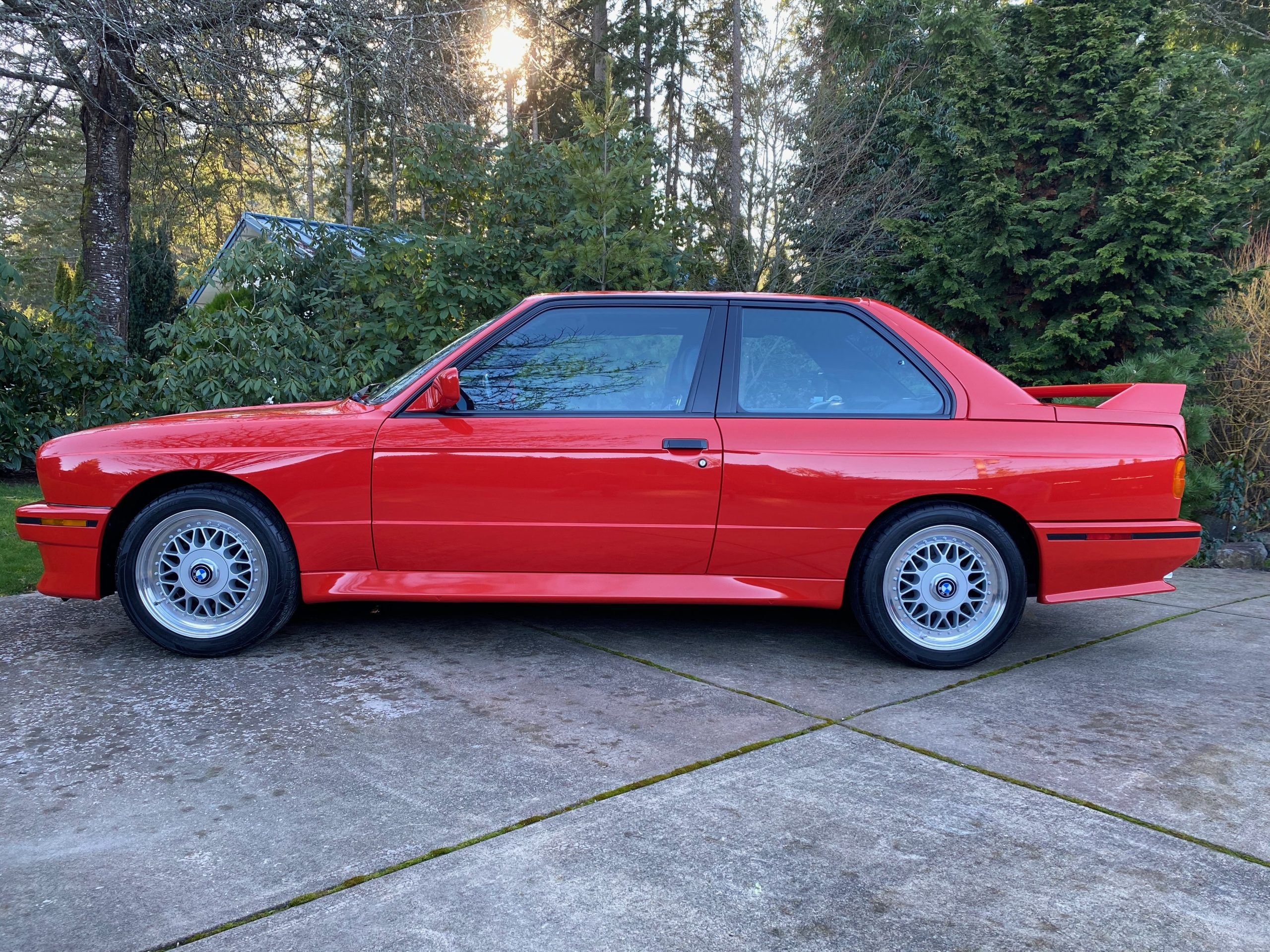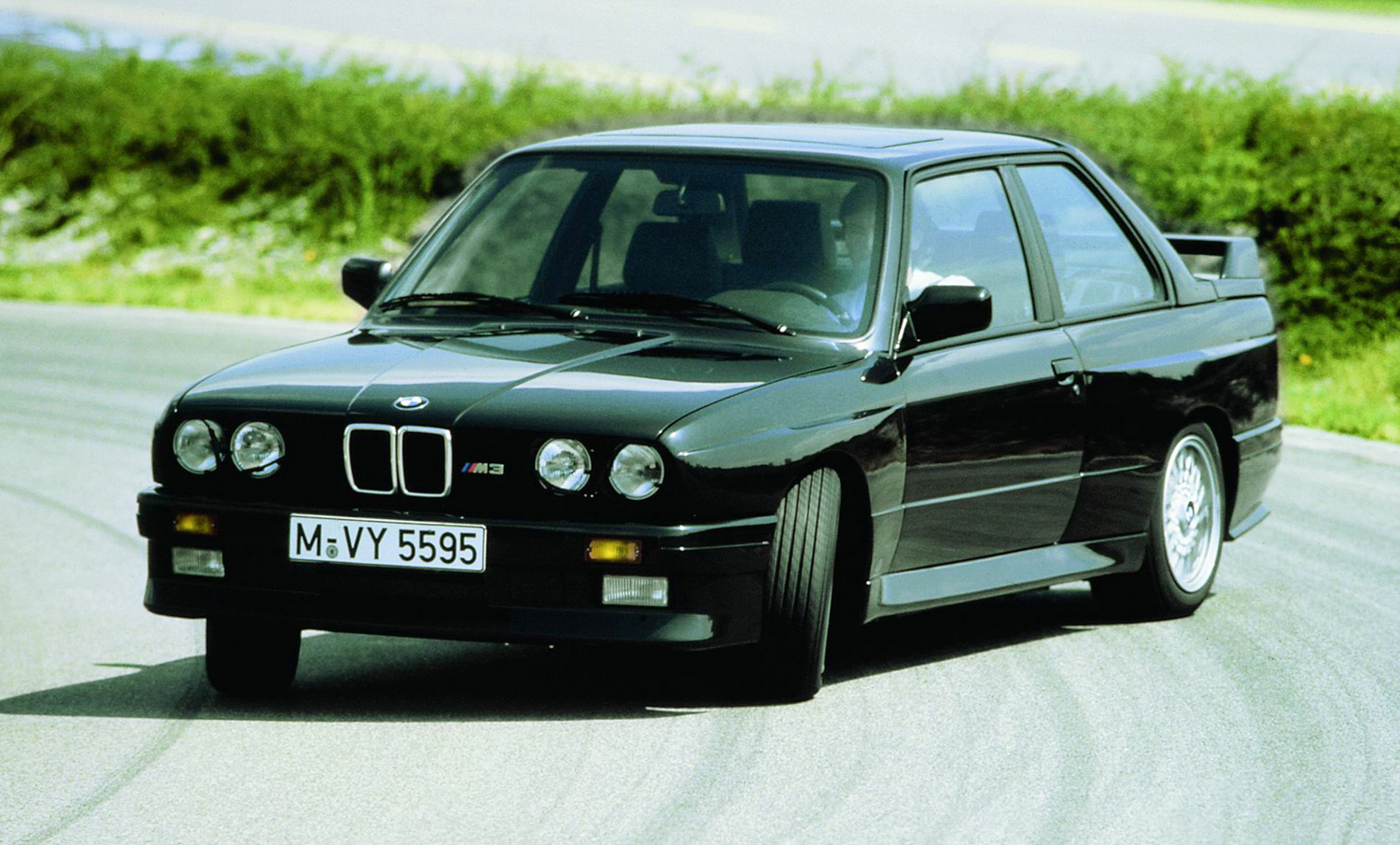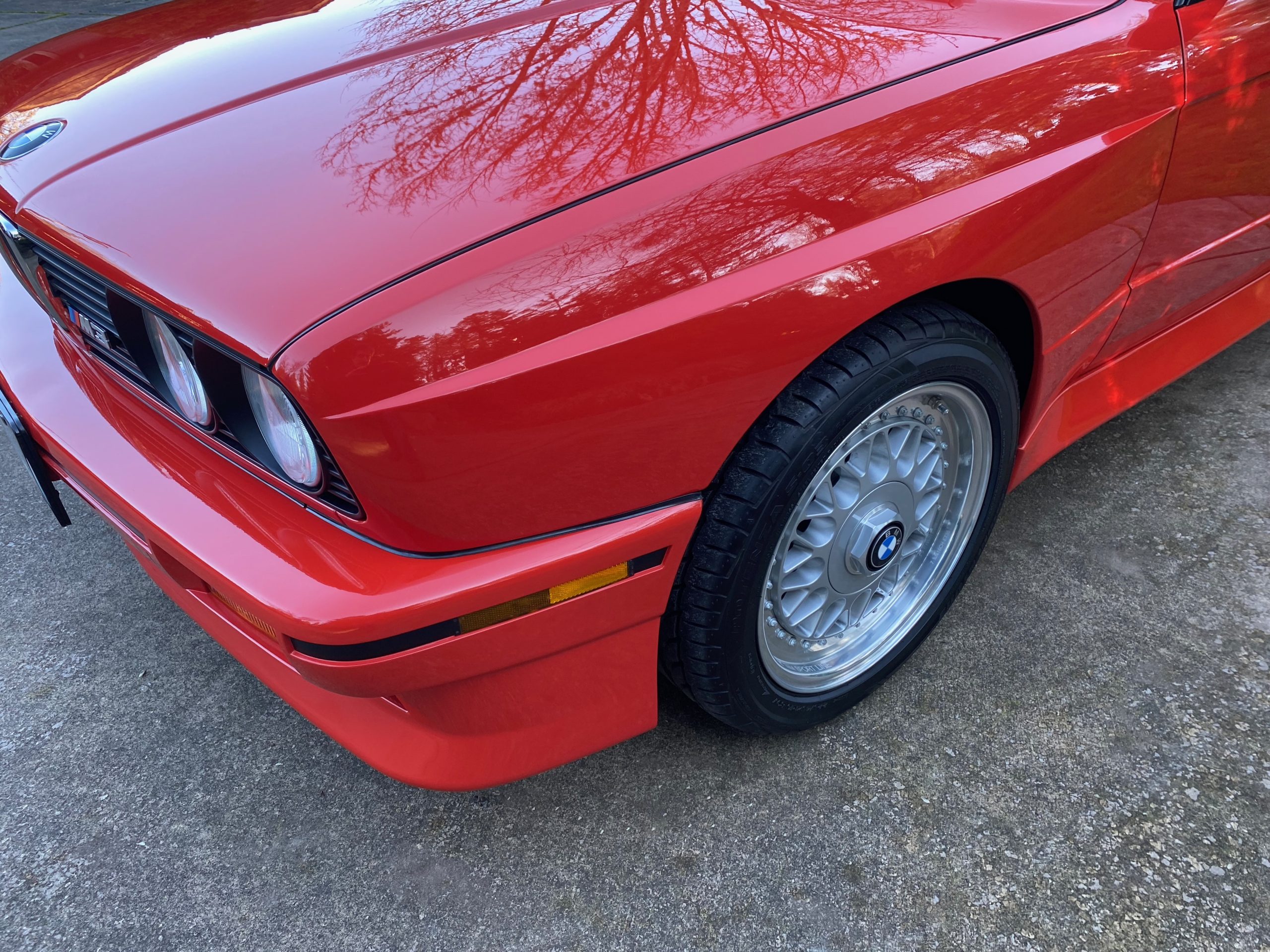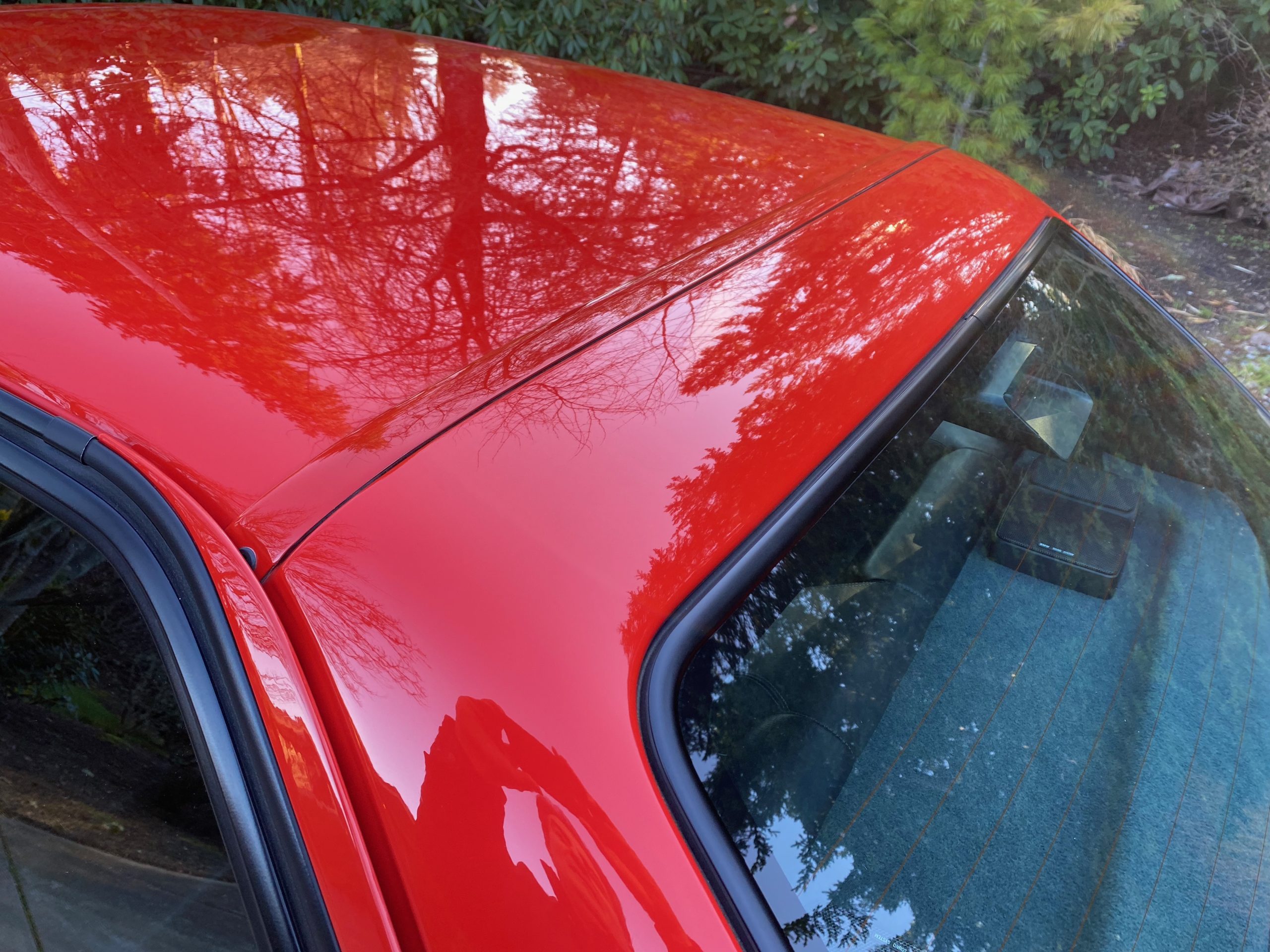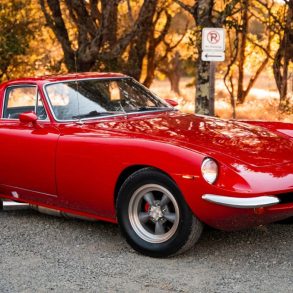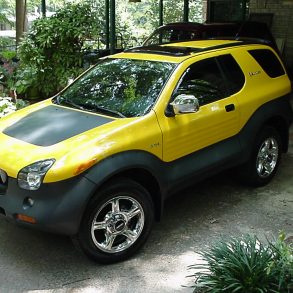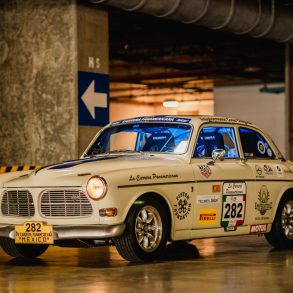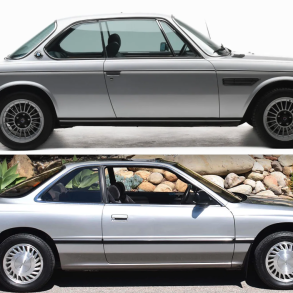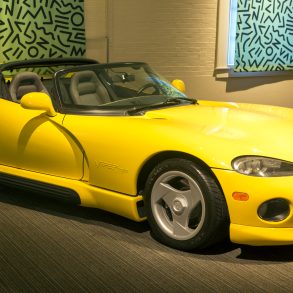

Derived from the second generation E30 platform, the M series was a homologation special built to satisfy Group-A touring rules for racing. Specifically developed to leverage BMW performance engineering and legendary motorsports racing history, the first example was revealed to the public in 1985. Potential customers were unsure that such a car could serve both performance and utility with equal composure. But orders were soon rolling in as buyers stepped up, purchasing nearly 18,000 units worldwide from 1985-1991, 5300 of which were exported to the U.S. The first of these cars were used primarily for racing and allocations to premier market dealerships was initially selective, but as BMW enthusiasts quickly found out, there was something special about these cars, and soon dealers were more than happy to carry this premium offering. An undeniable balance of power, performance, and handling not quite seen in a car every bit as capable of being an everyday commuter, hit the target perfectly. Ultimately, the E30 M3 shattered everyone’s definition of what a fun, yet surprisingly practical performance sedan could achieve.
Looking at the design of the E30 M3 it’s easy to see how the evolution of the upright and boxy sedan was influenced by the legacy design language traced back as far as the “New Class” designs BMW developed from 1962-1977. But the big change would occur in 1975 with the emergence of the E21 3 series as a dramatic shift from the highly successful but dated 2002 platform. The distinct and gently crowned body side panels, crisp architecture, tall greenhouse, trim pillars, and of course, Hoffmeister Kink at the bottom corner of the rear side glass, all presented a compact and practical coupe offering ample trunk space, room for four adults, and a capable engine. The E30 was ideally positioned to open up new markets for BMW in North America, bringing in new customers that were aging out of sports cars as families grew but performance driving desires still longed to be met. The combination of the ideal new E30 platform and the M series configuration made for the perfect storm.
Automobile manufacturing is enormously expensive. Creating a new model involves millions of dollars in tooling and engineering costs which must be amortized over tens of thousands of cars in order to earn profits. The doors and roof remain among the most expensive parts to tool or retool. Thus, creating a new model from an existing platform generally involves no changes to these precious areas. This held true for the M3. Beginning with the lowest cost tooling, the front and rear bumpers were modified with new end caps using lower cost tooling and moldable resin. These parts easily retrofit to the existing structure, while new lower rocker panel trim was fitted to visually lower the stance of the car and integrated with the new lower front air dam and rear bumper. The front and rear fenders were cleverly modified, featuring “Box Flares” for the fender treatment.
These fenders, swelling outward and crowning at the centerline of the wheel, not only allowed for wider wheels and tires, but they also terminated before the door cuts, leaving the stock doors, hinge structure, and strike surfaces stock, while delivering a unique visual signature to the stance and presence of an otherwise standard E30. Of course, suspension and engine modifications were substantially different, but BMW designers and engineers didn’t stop with just these modifications.
To make all this integrate into the fixed roofline, a special trim piece was built to wrap around the upper rear of the roofline integrating the rear glass in a more slopped fashion. This feature gave the car much better rear stability at high speeds due to better airflow. As a structural bonus, the rear glass was actually bonded to the opening creating a more rigid upper structure – a feature also done with the windshield.
The final design for the M3 was even more chiseled than the standard E30 and the crisp details seen on the fender edges, trunk lid, rear spoiler, and gracefully articulated lower rocker panels delivered a clear visual image of a precision racing machine capable of cutting through the wind. The three-box design (hood, passenger compartment, and trunk) were balanced with an emphasis on the slopped rear glass building heft to the trunk line while echoing the muscular swelling of the distinct fender line.
Capturing the essence of motorsports with the ease of street use, the M3 delivered a pure and unique visual and performance signature, cleverly derived from the standard E30 architecture. Today, original M3s are commanding six figures and rightly so as they represent one of the finest iterations of the beautifully balanced, second generation E30 coupe, with the power and performance befitting their Motorsports moniker.




